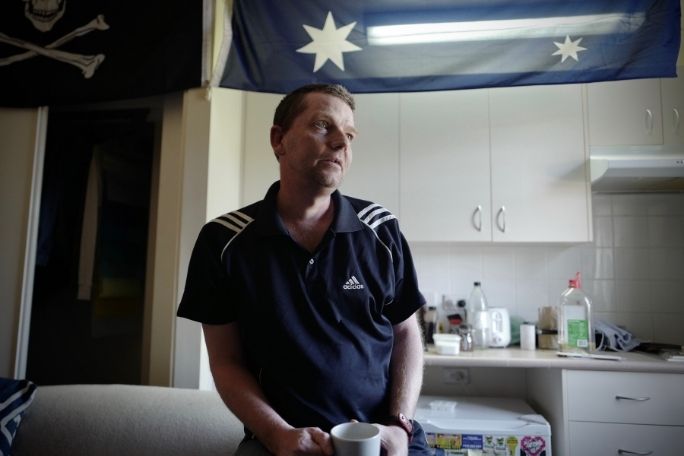Lesson summary
In this lesson, students will view two character stories from Life After The Oasis documentary and reflect on the issues associated with lived experience of homelessness through a Think-Pair-Share thinking routine. Students will then investigate the relative frequencies of homelessness in each state and territory in Australia. They will create scatterplots to represent their collated data to identify trends and make comparisons. Students will also be given an opportunity to reflect on how statistics can be used when investigating social issues such as homelessness.
Learning intentions:
Students will...
- use relative frequencies to estimate homelessness in Australia
- use scatter plots to compare the numbers of people experiencing homelessness in Australian states and territories
- identify and analyse outlier data
- understand how statistics and data are one way of highlighting and understanding the complexities of a social issue such as homelessness
Success criteria:
Students can...
- calculate relative frequencies
- develop scatterplots and identify trends
- identify a range of variables when selecting data
- use mathematical strategies to help understand social issues such as homelessness
Lesson guides and printables
Curriculum links
Select your curriculum from the options below.
Lesson details
Curriculum mapping
Australian curriculum content descriptions:
Years 10 Mathematics:
- Use scatter plots to investigate and comment on relationships between two numerical variables (ACMSP251)
- Investigate and describe bivariate numerical data where the independent variable is time (ACMSP252)
Syllabus outcomes: MA5.1-1WM, MA5.2-1WM, MA5.2-2WM, MA5.1-7NA, MA5.3-4NA, MA5.1-12SP.
General capabilities: Numeracy, Literacy, Ethical Understanding, Critical and Creative Thinking
Relevant parts of Year 10 achievement standards: They compare data sets by referring to the shapes of the various data displays. They describe bivariate data where the independent variable is time. Students describe statistical relationships between two continuous variables.
Unit of work: Life After The Oasis – Mathematics
Time required: 90 mins
Level of teacher scaffolding: Medium – facilitate of discussion on homelessness and provide worked examples of relative frequency and scatterplots where required
Resources required
- Student Worksheets – one copy per student
- Device capable of students watching a video in pairs
- Scatterplot Worksheet (one per student), Scatterplot Overview And Solutions Factsheet (one per student) – optional
Skills
This lesson is designed to build students’ competencies in the following skills:
- Communication
- Critical thinking
- Empathy
- Problem solving
Additional info
This resource has been adapted from ‘Teaching Social Issues Through English’ developed with the English Teachers Association NSW and the ‘Youth Homelessness Matters Resource’ developed by Janice Atkin. You can find these resources here.


Welcome back!
Don't have an account yet?
Log in with:
Create your free Cool.org account.
Many of our resources are free, with an option to upgrade to Cool+ for premium content.
Already have an account?
Sign up with:
By signing up you accept Cool.org's Terms and Conditions(Opens in new tab) and Privacy Policy(Opens in new tab).